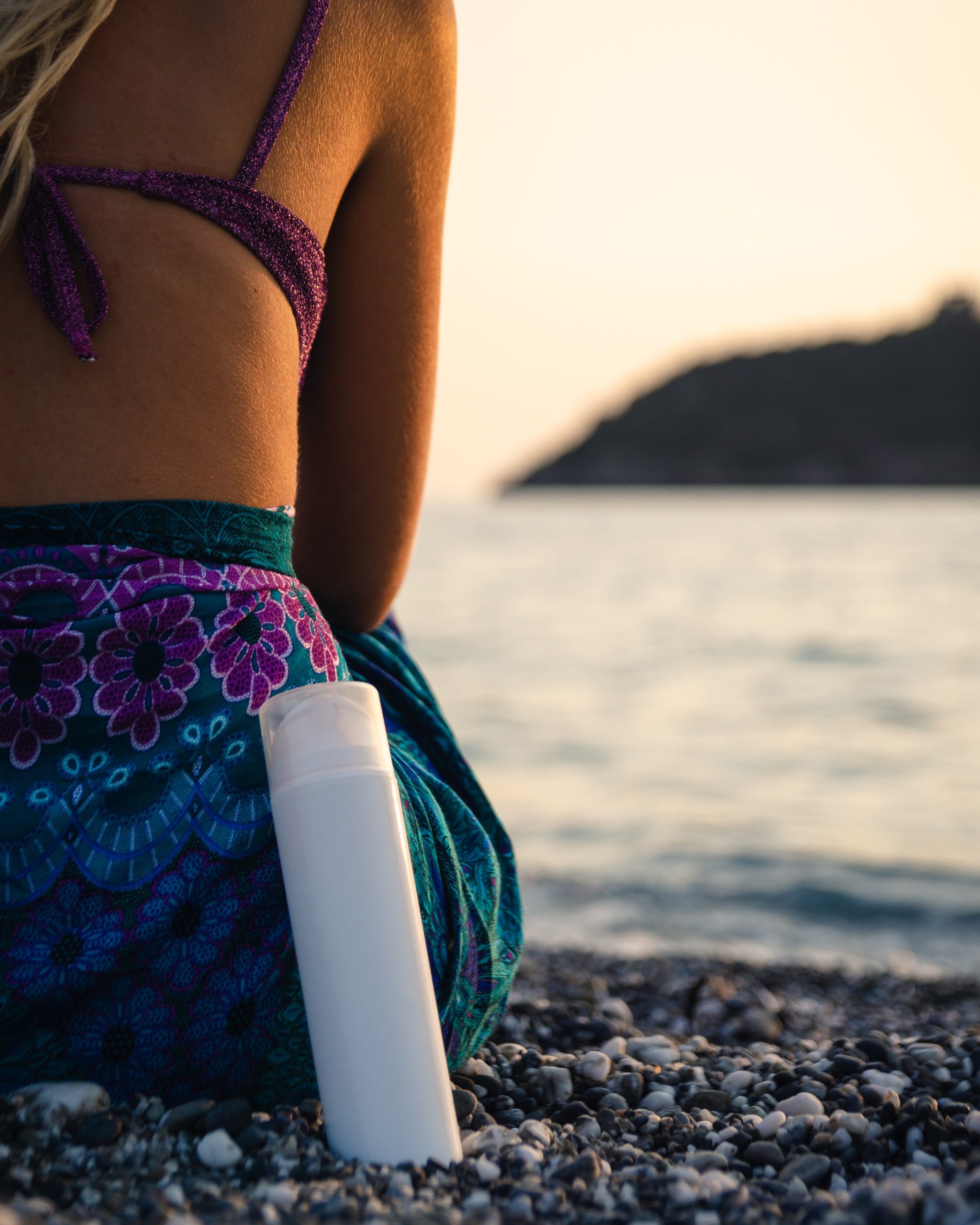Summer is here, and with it comes the need for sunscreen. But have you ever stopped to consider the potential dangers of slathering on that sticky lotion? Sunscreen has come a long way since the days of thick, greasy formulas that left us feeling slimy and smelling like coconuts. In this new era of skincare, sunscreen can be stunning – protecting our skin from harmful UV rays while also providing nourishing benefits. So let’s dive into everything you need to know about choosing and applying the perfect sunscreen for your summer adventures!
The Dangers of Sunscreen
While sunscreen is essential for protecting our skin from harmful UV rays, it’s also important to be aware of the potential dangers associated with certain ingredients found in some formulas.
One concern is the use of oxybenzone, a chemical that has been linked to hormone disruption and coral reef damage. This ingredient can also cause allergic reactions and irritation in some individuals.
Another potential danger lies in the use of nanoparticles, which are tiny particles that can penetrate the skin and potentially harm human health. While more research is needed on this topic, it’s worth considering when choosing a sunscreen.
In addition to these concerns, there is also a risk of vitamin D deficiency when using high-SPF sunscreens too frequently. Vitamin D plays an important role in bone health and immune function, so it’s important to find a balance between protection from sun damage and getting enough vitamin D exposure.
It’s important to do your research and choose a sunscreen that uses safe ingredients while still providing adequate protection from UV rays.
The Different Types of Sunscreen
When it comes to sunscreen, there are two main types: physical and chemical. Physical sunscreens work by creating a barrier between the skin and the sun’s rays, reflecting them away from the body. Chemical sunscreens, on the other hand, work by absorbing UV radiation and converting it into heat energy.
Physical sunscreen typically contains ingredients like titanium dioxide or zinc oxide. These minerals sit on top of the skin and create a barrier that reflects UV radiation away from your body. They tend to be better for people with sensitive skin because they are less likely to cause irritation.
Chemical sunscreen contains chemicals such as avobenzone or oxybenzone that absorb UV radiation before it can damage your skin cells. While these types of sunscreens tend to be more popular due to their lightweight texture and ease of application, some studies have shown that certain chemicals in chemical sunscreens may have negative effects on both human health and aquatic life.
It’s always important to read labels carefully when choosing a sunscreen product, especially if you have concerns about specific ingredients or potential side effects. Remember that both physical and chemical options offer protection against harmful UV rays – ultimately, it’s up to you which type you prefer!
The Pros and Cons of Sunscreen
Sunscreen is a must-have for anyone who spends time outdoors, but like anything else, it has its pros and cons. One of the biggest benefits of sunscreen is that it protects your skin from harmful UV rays that can cause sunburns and even skin cancer. However, some people may experience allergic reactions to certain ingredients in sunscreen.
Another potential downside of using sunscreen is that some formulations can feel oily or greasy on the skin, which might be unpleasant for people with more sensitive complexions. Additionally, some sunscreens contain chemicals like oxybenzone or octinoxate which have been linked to coral reef damage.
On the other hand, there are many great reasons to use sunscreen regularly. It’s an easy way to protect yourself from skin damage caused by exposure to the sun’s rays, especially during peak hours when those rays are strongest. Sunscreen also helps prevent premature aging caused by prolonged exposure to sunlight.
While there are certainly drawbacks associated with using sunscreen (such as potentially irritating ingredients), these pale in comparison to the numerous benefits offered by this essential skincare product. By making sure you choose a high-quality and suitable formulation for your individual needs and preferences, you can enjoy all the advantages of wearing sunscreen without having any negative experiences or side effects.
How to Choose the Right Sunscreen for You
Choosing the right sunscreen can be overwhelming with so many options available in the market. Here are some factors to consider when selecting a sunscreen that suits your needs.
The first thing to look for is the SPF or Sun Protection Factor. The higher the number, the more protection from UVB rays it provides. However, an SPF of 30 is sufficient for most people and reapplication every two hours is recommended.
Next, check if it offers broad-spectrum protection against both UVA and UVB rays. This protects you from sunburns as well as premature skin aging and skin cancer.
If you have sensitive skin or allergies, look for a sunscreen labeled hypoallergenic or fragrance-free. Physical sunscreens with zinc oxide or titanium dioxide may also be better tolerated by those with sensitive skin.
Consider your activity level and environment – if you’re swimming or sweating, choose water-resistant formulas that offer longer-lasting protection.
Take into account your personal preferences such as texture (lotion vs spray) and application method (squeeze bottle vs stick).
By considering these factors, you can find a sunscreen that fits your lifestyle while effectively protecting your skin from harmful UV rays.
How to Apply Sunscreen Properly
Applying sunscreen is a crucial step in protecting your skin from the sun’s harmful rays. However, applying it properly can be just as important. Here are some tips on how to apply sunscreen effectively.
Firstly, make sure you apply sunscreen at least 15 minutes before going outside. This will give the product enough time to absorb into your skin and provide adequate protection.
Next, use enough sunscreen to cover all exposed areas of your body. A general rule of thumb is one ounce or roughly a shot glass worth for every application.
Be thorough when applying sunscreen, making sure not to miss any spots such as behind the ears, neck, and feet. Don’t forget about less obvious but equally vulnerable spots like lips and eyelids – they need protection too!
Reapply! Reapplying every two hours or after swimming or sweating will ensure that you maintain maximum protection throughout the day.
Remember that no matter how well you’ve applied your sunscreen if you’re still spending long periods of time in direct sunlight during peak hours (10 am-4 pm), additional methods of protection like hats, sunglasses and protective clothing should also be used alongside it to further minimize exposure risk.
Conclusion
In summary, sunscreen has come a long way from the sticky mess it used to be. With new and improved formulas and textures, there is a sunscreen out there for everyone. However, it’s important to remember that not all sunscreens are created equal, and choosing the right one for you involves considering factors such as skin type, SPF level, and ingredients.
Regardless of which sunscreen you choose, applying it properly is crucial in protecting your skin from harmful UV rays. By following these tips on how to apply sunscreen correctly and consistently incorporating sun protection into your daily routine, you can help prevent skin damage and reduce your risk of developing skin cancer.
In this new era of sunscreen, we no longer have to sacrifice comfort for protection. With so many options available now more than ever before, there’s never been a better time to take care of our skin while enjoying the great outdoors!




